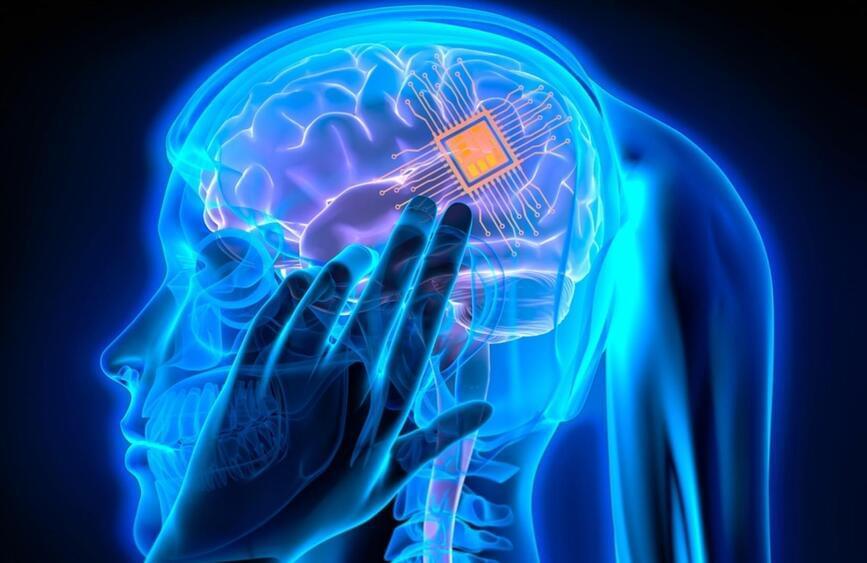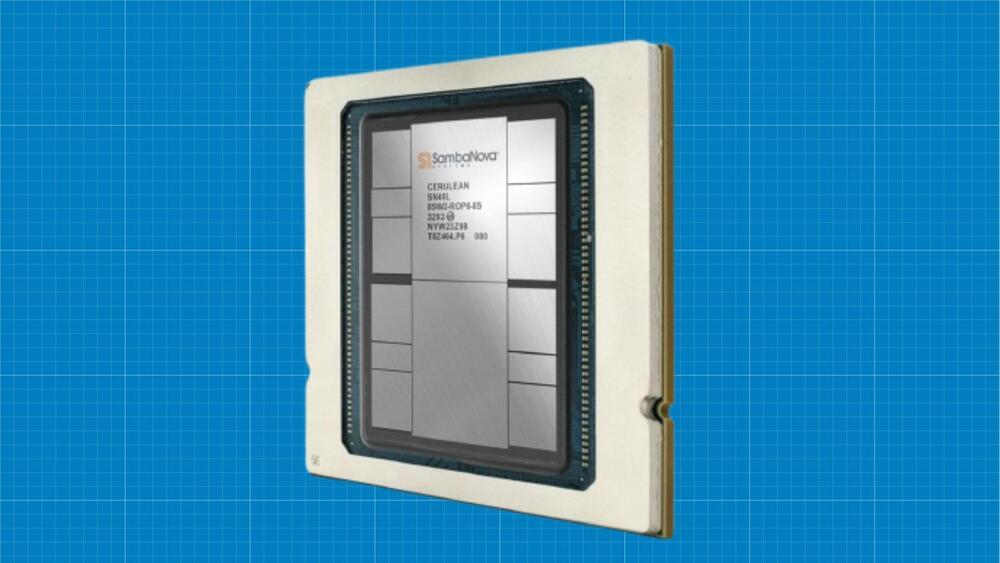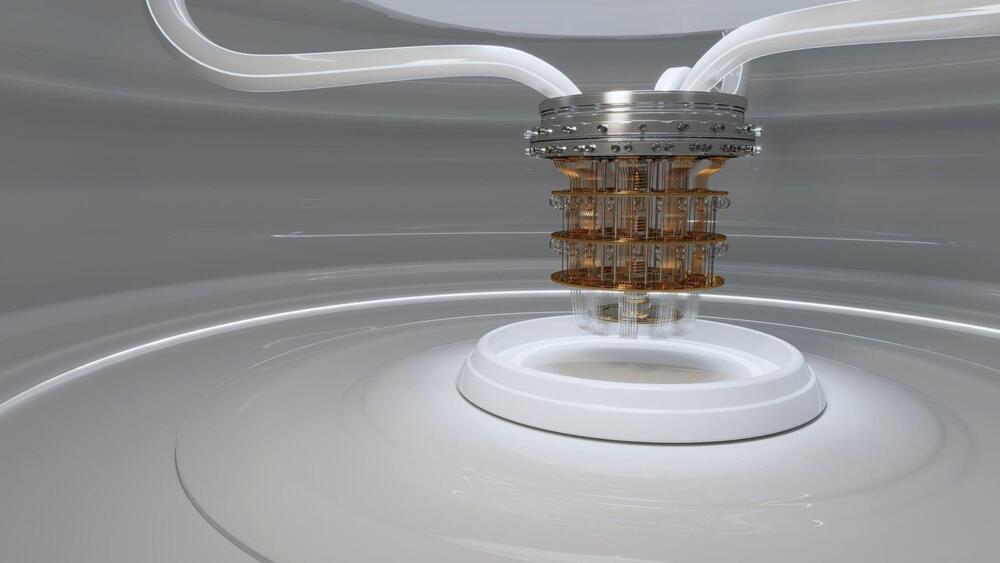Learn what to watch for and how to manage the other symptoms of Alzheimer’s disease.


Get a 7-day free trial and 25% off Blinkist Annual Premium by clicking here: https://www.blinkist.com/coolworldslab.
A faster-than-light (FTL) warp drive would arguably represent the most important invention of all time. In 1994, Miguel Alcubierre gave all of us hope as he found a solution within general relativity that would cause the necessary warping of space. But after nearly 30 years of further study, what does our current understanding of physics say about the feasibility of a warp drive?
Written & presented by Prof. David Kipping. Thanks to Bobrick Martire for clarifications and to John Michael Godier and team for audio from their interview with Alcubierre (https://youtu.be/JafY92PhgKU). Thumbnail image by Zamanday Yolculugunu (www.zamandayolculuk.com)
→ Support our research: https://www.coolworldslab.com/support.
→ Get merch: https://teespring.com/stores/cool-worlds-store.
→ Check out our podcast: www.youtube.com/@CoolWorldsPodcast.
THANK-YOU to D. Smith, M. Sloan, L. Sanborn, C. Bottaccini, D. Daughaday, A. Jones, S. Brownlee, N. Kildal, Z. Star, E. West, T. Zajonc, C. Wolfred, L. Skov, G. Benson, A. De Vaal, M. Elliott, B. Daniluk, M. Forbes, S. Vystoropskyi, S. Lee, Z. Danielson, C. Fitzgerald, C. Souter, M. Gillette, T. Jeffcoat, J. Rockett, D. Murphree, T. Donkin, K. Myers, A. Schoen, K. Dabrowski, J. Black, R. Ramezankhani, J. Armstrong, K. Weber, S. Marks, L. Robinson, S. Roulier, B. Smith, J. Cassese, J. Kruger, S. Way, P. Finch, S. Applegate, L. Watson, E. Zahnle, N. Gebben, J. Bergman, E. Dessoi, C. Macdonald, M. Hedlund, P. Kaup, C. Hays, W. Evans, D. Bansal, J. Curtin, J. Sturm, RAND Corp., M. Donovan, N. Corwin, M. Mangione, K. Howard, L. Deacon, G. Metts, G. Genova, R. Provost, B. Sigurjonsson, G. Fullwood, B. Walford, J. Boyd, N. De Haan, J. Gillmer, R. Williams, E. Garland, A. Leishman, A. Phan Le, R. Lovely, M. Spoto, A. Steele, M. Varenka, K. Yarbrough, A. Cornejo, D. Compos, F. Demopoulos, G. Bylinsky, J. Werner, B. Pearson, S. Thayer, T. Edris, A. Harrison, B. Seeley, F. Blood, M. O’Brien, P. Muzyka, E. Loomans, D. Lee, J. Sargent, M. Czirr, F. Krotzer, I. Williams & J. Sattler.
REFERENCES
Let’s say that it is a curse. The issue is he is also against life extension entirely. Maybe I want 200 years. Or 1,000. I have zero concern over a boredom problem as it is brain process which can eventually be controlled. And I am disgusted with the idea that I have to die because we might not progress very fast? Ugh.
Elon Musk has said a lot of potentially stupid stuff about aging and longevity, from saying that people shouldn’t live very long because society would ossify to advocating that we judge people based on their chronological age. Most recently, he’s taken to Twitter (aka X) to say “May you live forever is the worst possible curse once you understand deep time.” In this case though, he’s not wrong.
In this episode, we explore the diverse perspectives and heated debates triggered by Elon’s provocative statements on aging and the prospect of eternal life. We navigate through the complexities of deep time, the philosophical implications of living forever, and the importance of autonomy and control. Join host Ryan O’Shea as we examine arguments in favor of human’s being able to end their own lives, and explore how this played out in NBC’s The Good Place, starting Kristen Bell.
Learn why Elon is right about having to live forever being a curse, and how to solve it. Don’t forget to share your thoughts in the comments, like, and subscribe for more.
References:

Researchers have proposed employing wireless neural implants to execute communication between the human brain and computers.
Purdue University researchers have unveiled a new method that may enable a compact brain-implanted sensor to sense and transmit data to a wearable device shaped like headphones.

The SN40L chip will allow for improved enterprise solutions.
Palo Alto-based AI chip startup SambaNova has introduced a new semiconductor that can be used in running high-performance computing applications, like the company’s LLM platform SambaNova Suite, with faster training of models at a lower total cost.
SambaNova announced the chip, SN40L, can serve a 5 trillion parameter model with 256k+ sequence length possible on a single system node. It is being touted as an alternative to NVIDIA, which is a frontrunner in the chip race and recently unveiled what will possibly be the most powerful chip in the market – GH200 – which can support 480 GB of CPU RAM and 96 GB of GPU RAM.
A ‘game changer’
The… More
X
A color-changing system inspired by the wings of butterflies can also help scientists provide compound eye vision to robots, but why do scientists want robots to see like insects?
Would you like to try a T-shirt whose color changes with the weather? How about a bandage that alerts you by changing its color when an infection occurs at the site of an injury?
Researchers at the University of Hong Kong have developed a material to turn such ideas into a reality. They have created a rubber-like color-changing system called Morphable Concavity Array (MoCA).
The Mars Ascent Vehicle will become the first rocket to launch from another planet for NASA and ESA’s Mars Sample Return mission.
NASA has released footage captured by its Mars Ascent Vehicle (MAV) team as they performed wind tunnel tests at the space agency’s historic Marshall Space Flight Center.
The US space agency has successfully completed wind tunnel tests on 3D-printed scale models of the MAV, a blog post from NASA reveals.
NASA
The US space agency shared footage of the tests, which took place in March and April, a blog post from NASA reveals.

The team achieved 99.99 percent accuracy with a single-qubit gate and 99.9 percent accuracy with a two-qubit gate.
Researchers at the Massachusetts Institute of Technology (MIT) have developed a new circuit that can do quantum computation with a high degree of accuracy. The researchers used a new type of superconducting qubit called the fluxonium, a press release said.
Quantum computers are considered the next frontier of computing since they can perform calculations at speeds that are decades ahead of supercomputers being used today. The flip side of such high speeds is that they can accumulate errors equally fast.